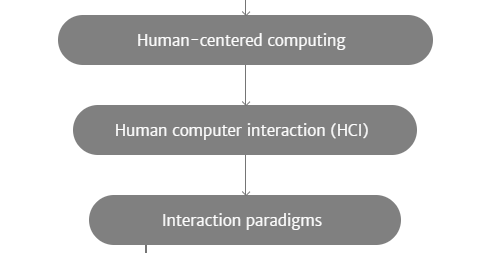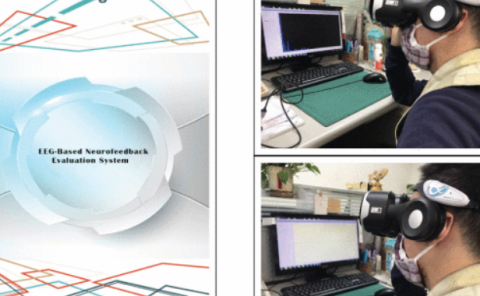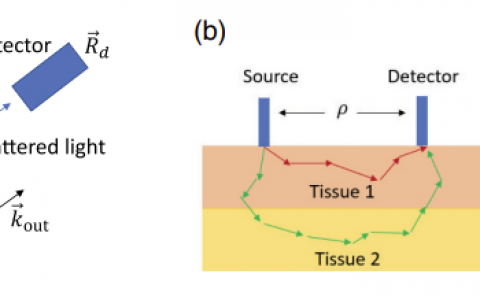Walking on foot to explore a virtual environment with uneven terrain
PubDate: September 2015
Teams: Rhodes College
Writers: Matthew Jackoski;William Kalescky;Joshua Ladd;William Cobb;Betsy Williams
PDF: Walking on foot to explore a virtual environment with uneven terrain

Abstract
Immersive virtual environments (IVEs) provide an opportunity for humans to learn and to experience a place, which because of time, distance, danger, or expense, would not otherwise be available. Since navigation is the most common way users interact with 3D environments, much research has examined how well people navigate and learn the spatial layouts of IVEs. Ideally, a user’s experience of an IVE would mimic a real world experience. However, this does not happen in practice. Thus, much work, examines the differences in real world and similar virtual experiences. Additionally, the navigation mechanisms that are used to explore an IVE do not allow for the exact same interactions as the real world. For example, it is difficult to replicate the physical aspect of climbing stairs or walking over rough terrain in an IVE. More work needs to be completed to assess how well people interact and learn in different types of virtual worlds. For example, the ground plane of the virtual worlds that people explore will not necessarily be flat. Thus, the question becomes how well can a person maintain comparable spatial awareness in an environment with uneven terrain? In this work, we examine subjects’ spatial orientation as they traverse over uneven terrain while they physically locomote on a flat surface. IVEs are best explored on foot. That is, spatial awareness of the IVEs is best when users physically explore a virtual environment on foot. Thus, in this work we examine what happens to spatial orientation when subjects traverse over hilly virtual environments on foot.



